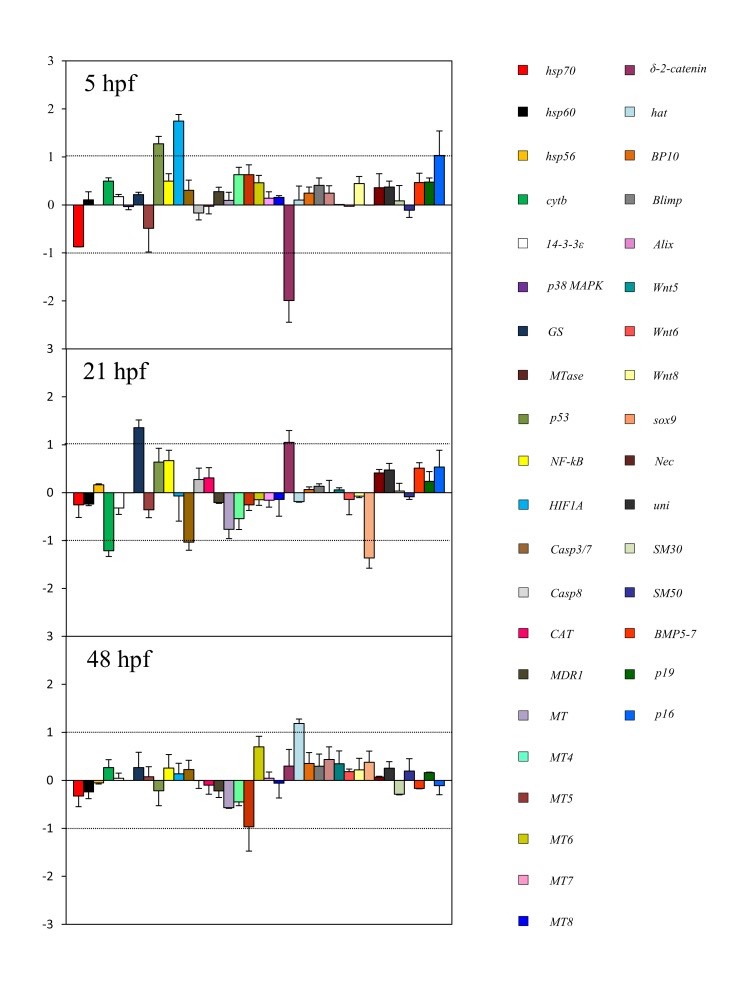New insights on the negative effects of lithium on embryo development. Experiments on sea urchin

Lithium was discovered in 1817 and can be isolated from various minerals. It is now widely used to treat patients suffering from bipolar disorder, a disease characterized by humoral instability and by alternating phases of excitement and depression, with devastating consequences on the quality of life. The daily dose of lithium recommended to patients corresponds to concentrations of lithium in the plasma that oscillate between 0.8 to 1.2 mM. These doses frequently produce side effects such as nausea, diarrhea, mental confusion, muscle twitching etc. Unfortunately, little is known on the cellular and molecular mechanisms that generate these negative effects. To them, malformations of the development of organisms have also been documented in Dictyostelium, zebrafish, Xenopus and sea urchin. The sea urchin, is widely used in biological research as a sensitive indicators of the presence in the environment of pesticides, toxins, heavy metals, ionizing radiation, and of the warming of the oceans caused by climate change. Work on the Mediterranean species Paracentrotus lividus has revealed that lithium added at very high doses after fertilization exerts a vegetalizing effect on the embryo i.e., it enhances the endoderm and mesoderm structures predestined to differentiate into liver, pancreas, intestines, muscles, skeleton and cardiovascular system at the expense of the ectoderm that gives rise to the nervous tissue, to the skin etc. Research at the Stazione Zoologica Anton Dohrn of Naples has shown that the addition of concentrations of lithium similar to those found in the plasma of bipolar disorder patients to eggs before (not after) their fertilization produces embryos with severe malformations (Figure 1).
At the molecular level, the work has revealed that the expression of genes that play key roles in the regulation of embryo differentiation is up-regulated- or down-regulated at specific stages of embryonic development in embryos developed in the presence of different concentrations of lithium (Figure 2).

These results are of obvious importance, considering that lithium is commonly used during pregnancy: that it may produce serious congenital defects in babies is already known, among them a congenital heart defect known as the Ebstein’s anomaly. The possibility of using large amounts of transparent eggs of P. lividus will allow experiments aimed at studying in detail the deleterious effects of lithium during and after fertilization. Such research will shed light on the molecular mechanisms by which lithium modifies the signal transduction that is set in motion by the activation of the egg induced by the sperm. The process includes a number of structural and biochemical events in part elucidated by researchers at the Stazione Zoologica Anton Dohrn. The identification of the lithium target molecules will foster the discovery and development of new drugs to heal, possibly with no side effects, not only the bipolar disorder, but also other debilitating diseases like epilepsy and cluster headache linked to the alteration of basic cellular processes.
Ruocco N, Costantini M, Santella L (2016) New insights into negative effects of lithium on sea urchin Paracentrotus lividus embryos Scientific report, 6:32157 | DOI: 10.1038/srep32157.
Further readings
http://atlasofscience.org/the-fertilization-process-a-new-way-to-look-at-an-old-phenomenon/
http://journals.plos.org/plosone/article?id=10.1371/journal.pone.0149734
http://www.ncbi.nlm.nih.gov/pubmed/?term=yacobi+and+ornoy+is+lithium+a+real+teratogen
http://www.ncbi.nlm.nih.gov/pubmed/?term=ciapa++litium
http://www.ncbi.nlm.nih.gov/pubmed/2553271










